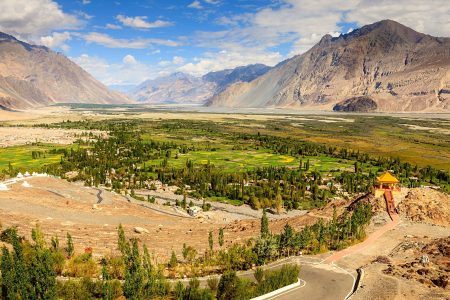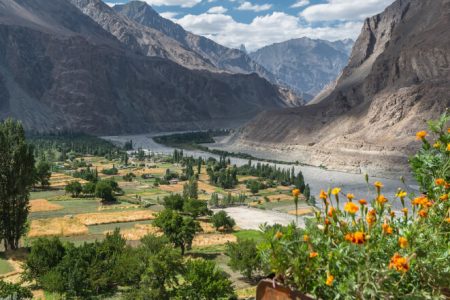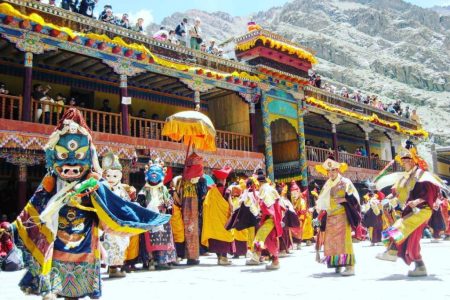Tulumputi Pass served as a gateway for traders, pilgrims, and explorers journeying between Leh, Yarkand, and Lhasa. Caravans carrying wool, silk, salt, tea, and precious stones traversed this route, enduring harsh terrain and extreme weather. It also facilitated the spread of Buddhism and cultural practices from Tibet to Ladakh and vice versa. The pass holds cultural reverence among locals who recall its importance in oral histories and folk tales.
Architectural Features and Layout
The Tulumputi Pass, part of the historic Old Silk Route in Ladakh, is not defined by constructed architecture but rather by its natural mountain pass layout that served as a crucial trade artery connecting Ladakh with Central Asia. The route is characterized by worn trails, stone markers, and the occasional chorten or mani wall, reflecting its historic and spiritual significance. The pass lies at a high altitude, surrounded by barren mountains and rugged cliffs, creating a dramatic and awe-inspiring natural corridor.
Main Assembly Area (Historical Caravan Route)
Trade Pathway: The narrow trail that winds through Tulumputi Pass was once trodden by caravans, merchants, and pilgrims, transporting silk, salt, wool, spices, and cultural knowledge.
Rest Points: Along the route, traders would halt at natural shelters or rock alcoves. Some of these areas have traces of stone enclosures and prayer flags, marking ancient stopping points.
Way-Shrines and Chortens: Scattered along the pass are small stupas and cairns, often built by travelers seeking protection on their journey.
Cultural Significance
The Tulumputi Pass holds immense historical and cultural value as a segment of the legendary Silk Route, which connected India, Tibet, and Central Asia. It represents centuries of cross-cultural exchange, spiritual pilgrimage, and economic trade. Today, it stands as a symbol of Ladakh’s ancient openness to the world, blending Tibetan, Indian, and Central Asian influences. The pass also carries spiritual weight, as monks and travelers often blessed the route with prayers and offerings.
Fort-like Structure
While not a fort, the Tulumputi Pass exhibits natural defense-like qualities:
The narrow, elevated corridor is flanked by steep cliffs, making it easy to control and protect historically.
Its strategic elevation allowed for vantage points and natural surveillance, contributing to the safety of traders and travelers.
The surrounding geography acts like a natural fortress, shielding the valley below from invasion while guiding trade securely through the highlands.
Roof and Viewpoints
The viewpoints from Tulumputi Pass are both historically practical and visually stunning. From its summit, one can gaze across vast trans-Himalayan ranges, distant river valleys, and remote highland settlements. These panoramic views made the pass an essential lookout for both traders and scouts. Today, trekkers and historians alike are drawn to this remote high-altitude trail for its breathtaking scenery and echoes of ancient footsteps.







